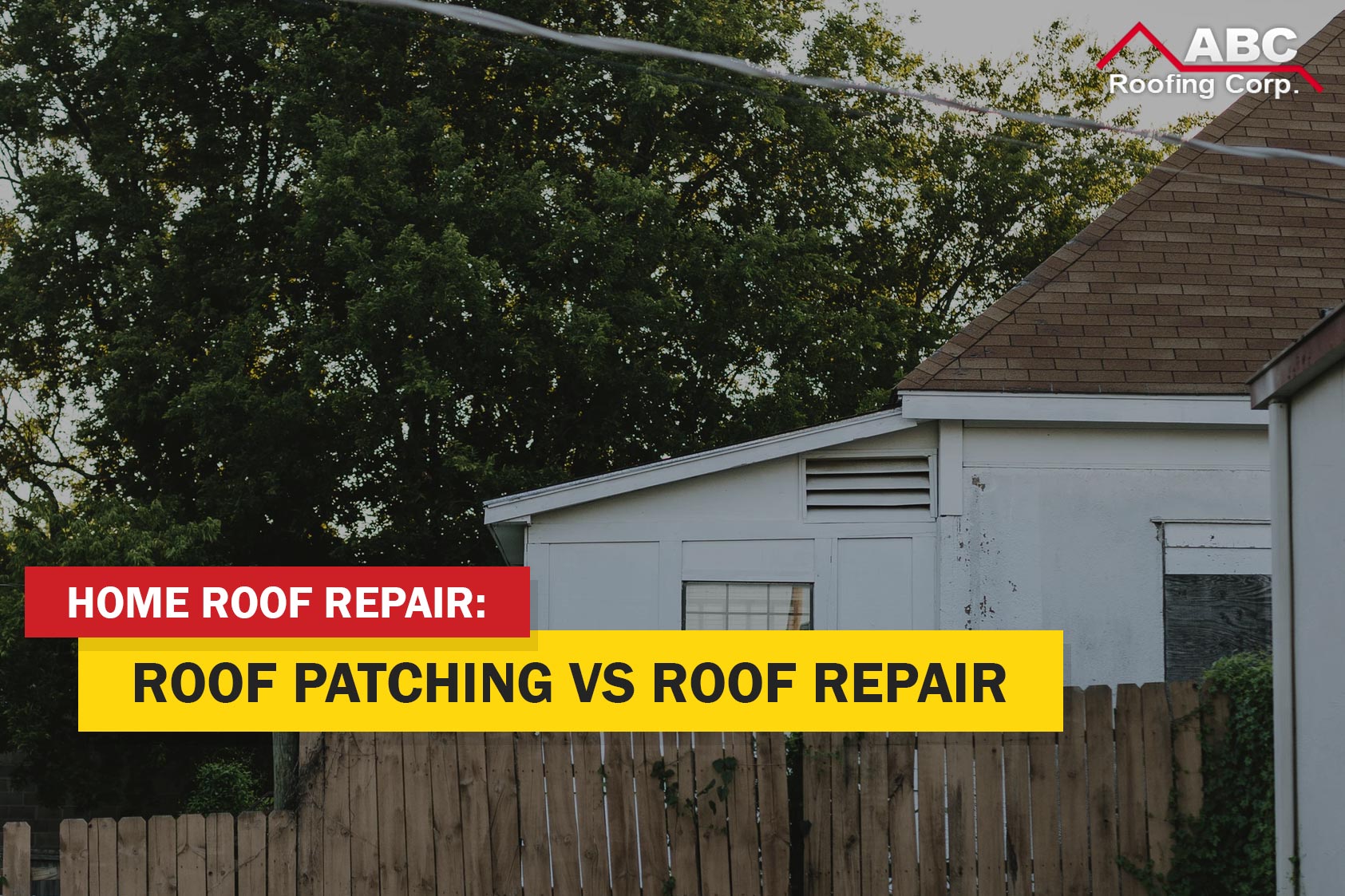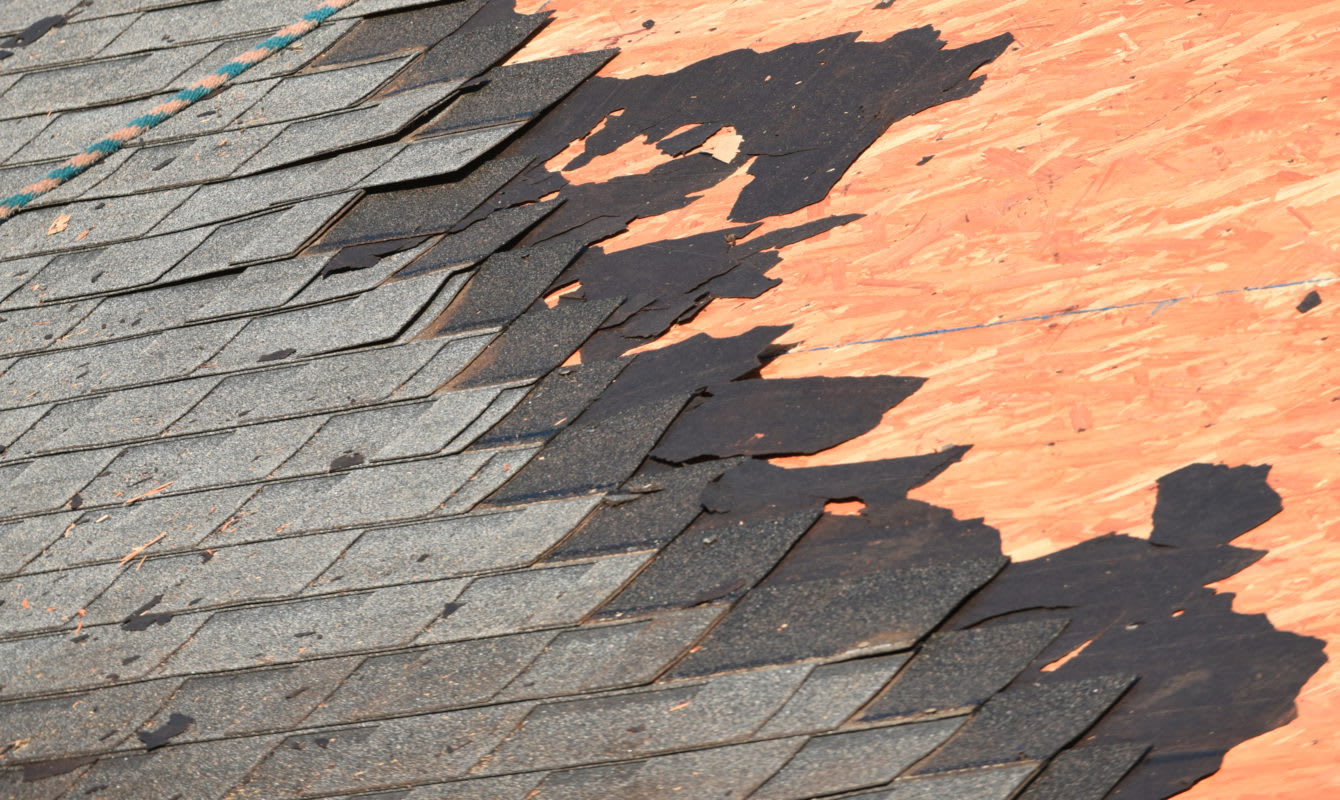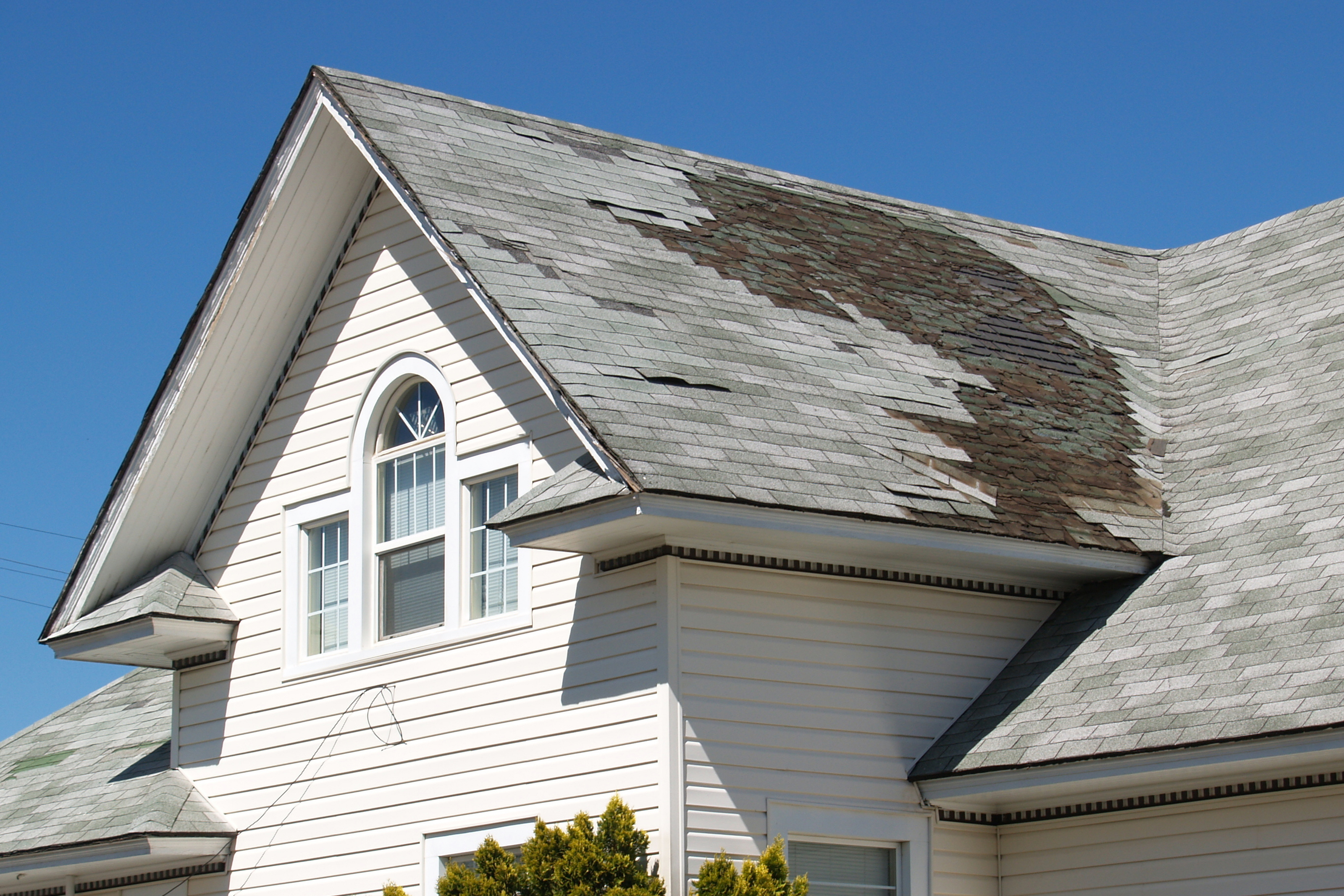A House owner's Guide to Types of Roofs: Choosing the Right Style for Your Demands

Popular Roof Styles
When it comes to choosing a roofing design, property owners usually evaluate their options carefully to make certain both aesthetic appeal and functionality. Among the most prominent designs are the gable, hip, and flat roofings, each offering visual characteristics and distinctive benefits.
Gable roofings, defined by their triangular shape, are favored for their straightforward layout and efficient water drainage. This style is specifically fit for areas with heavy rains or snow, as it decreases the danger of water pooling.
Hip roofing systems, which slope on all four sides, provide additional stability and toughness, making them an exceptional option for areas prone to high winds. Their architectural complexity permits higher layout flexibility and can improve the total visual charm of a home.
Flat roofing systems offer a modern visual and take full advantage of usable outdoor room, making them prominent for urban setups. While they require even more maintenance to stop water build-up, their smooth look can complement contemporary architecture.
Ultimately, the choice of roof style must show the homeowner's individual taste while thinking about factors such as regional environment, architectural style, and potential resale value. Each design adds distinctively to a home's total character and performance.

Material Options
Selecting the suitable roofing product is equally as essential as selecting the ideal design, as it significantly impacts the roofing's resilience, maintenance demands, and general visual. roofers oahu. Home owners have a variety of options to think about, each with special advantages and downsides


Asphalt roof shingles are amongst one of the most popular products because of their cost and simplicity of setup. They typically last 15-30 years, depending on the top quality and maintenance. Metal roofing provides extraordinary durability and long life, often exceeding half a century, while likewise being immune and lightweight to fire and rot. Nevertheless, metal roofings can be a lot more costly upfront.
Clay and concrete ceramic tiles offer a timeless look and outstanding life-span however require a tough framework due to their weight. These materials are immune and extremely sturdy to severe weather problems. Timber shakes provide a rustic visual however demand regular upkeep to avoid rot and pest damage.
Finally, artificial roofing materials, such as rubber or plastic composites, resemble the look of conventional products while being lightweight and low-maintenance. Inevitably, the choice of roof product need to align with the homeowner's spending plan, desired life-span, and upkeep choices, guaranteeing an appropriate suit for their certain demands.
Power Performance Factors To Consider
Power performance plays an important function in the general efficiency of a roof, affecting both ecological sustainability and house owner energy expenses. When choosing a roofing, it is vital to consider products and layouts that boost power effectiveness. For example, reflective roofing products, usually described as "trendy roof coverings," can dramatically lower warm absorption, reducing indoor temperatures and decreasing the demand for a/c.
In addition, the roofing's color and slope can influence its power efficiency. Lighter colors usually reflect much more sunshine, while considerably pitched roofings assist in far better airflow, minimizing warm buildup - roofers oahu. Insulation also plays an important function; a well-insulated roofing can stop warm loss in wintertime and keep interiors cooler in summer season, therefore boosting energy savings
Additionally, integrating energy-efficient my blog roof covering choices with solar panels can further lower energy prices and reliance on nonrenewable resources. Property owners should likewise consider regional environment conditions when picking roofing materials and designs, as these elements straight affect energy intake.
Maintenance Demands
The long life and performance of a roof covering system are considerably affected by the upkeep demands related to its style and products. Various roof kinds demand varying degrees of upkeep, which can affect both the property owner's time and budget.
Regular cleansing of seamless gutters is crucial to prevent water damage and prolong the roofing system's lifespan. These roofing systems additionally benefit from cleaning to maintain visual charm and capability.
Floor tile roofing systems, known for their long life, demand much less constant upkeep however need careful evaluation and replacement of harmed floor tiles. Flat roofing systems, although offering modern-day looks, typically need more attention; they call for routine assessment for pooling water and debris elimination to prevent leaks.
Ultimately, recognizing the upkeep demands related to various roof styles makes go to this website it possible for home owners to make educated decisions, guaranteeing the picked roof lines up with their lifestyle and dedication to maintenance. Prioritizing upkeep will certainly improve the roofing system's performance and expand its life span, offering satisfaction for years to come.
Effect On Resale Value
When taking into consideration a new roof style, property owners ought to recognize that the option can considerably affect the property's resale worth. An appropriate roofing not just improves aesthetic appeal yet also indicates to potential buyers that the home is properly maintained and structurally sound. Various roof covering materials and designs lug varying levels of worth in the realty market.
For circumstances, asphalt roof shingles are preferred due to their price and wide variety of shades, commonly appealing to budget-conscious purchasers. Conversely, a steel roofing, while more costly ahead of time, uses longevity and power effectiveness, which can bring in buyers trying to find reduced maintenance and sustainability. Additionally, one-of-a-kind designs such as slate or floor tile can add a touch of high-end, possibly raising the home's value in upscale markets.
Regional preferences likewise play a crucial role; homes in locations with hefty snowfall might gain from considerably pitched roof coverings, while coastal areas could prefer resilient products resistant to saltwater corrosion (roofers oahu). Eventually, property owners ought to think about both aesthetic appeal and useful advantages when picking a roofing. A thoughtful choice ensures that the investment not just fulfills individual requirements however likewise improves the residential or commercial property's marketability and resale potential
Verdict
To conclude, choosing the proper roofing style necessitates a mindful examination of different elements, including neighborhood environment, architectural design, and upkeep demands. Each roofing alternative, whether it be gable, hip, or level, possesses distinct benefits and her explanation downsides that affect energy effectiveness and prospective resale value. Eventually, a knowledgeable choice relating to roofing system selection can boost the aesthetic allure, performance, and longevity of a home, guaranteeing it remains a beneficial possession for several years to find.
Picking the proper roof design for your home is a vital decision that can dramatically influence both aesthetic appeals and functionality. While gable roofing systems succeed in water drainage, hip roofs might offer higher resilience against wind.When thinking about a brand-new roofing system design, homeowners must acknowledge that the selection can significantly influence the property's resale worth. Inevitably, property owners need to take into consideration both aesthetic charm and practical benefits when choosing a roof covering.In conclusion, selecting the proper roof covering design necessitates a cautious examination of numerous variables, including local climate, architectural style, and upkeep needs.